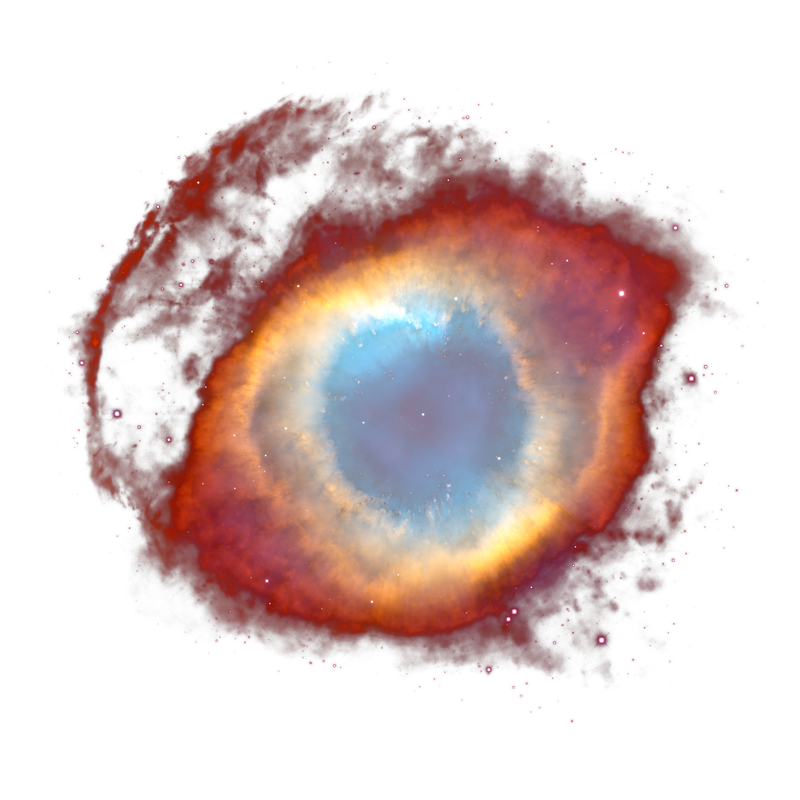Betelgeuse, one of the most famous stars in the night sky, has a close companion, and that may explain why it dimmed dramatically in 2019-20.
About 640 light-years from the solar system, red supergiant star Betelgeuse in the constellation Orion is famous not only for its unmistakable color, but also because it’s one of the closest stars that could soon explode as a supernova.
Approximately 700 times larger than the sun, Betelgeuse has puzzled astronomers for years because it waxes and wanes in brightness every six years, with its recent “Great Dimming” event ultimately attributed to a dust cloud ejected by the star.
Scientists suspected it may have been caused by a companion star, but failed to detect it using NASA’s Hubble Space Telescope or the Chandra X-ray Observatory. Now it’s been found, after a team of astrophysicists led by Steve Howell, a senior research scientist at NASA Ames Research Center, has pointed the Gemini North Telescope in Hawaii at Betelgeuse. The team’s findings were published today in The Astrophysical Journal Letters.
notes : There seem to be two journals published, one of which is still accessible. url link to journal has been fixed



Is this something the JWST could shed some light on?